How to set yourself up for a successful decluttering session – 10 ways to achieve clear results
Don’t make decluttering harder than it needs to be – set yourself up for success right from the start by employing these top tips from those ‘in the know’
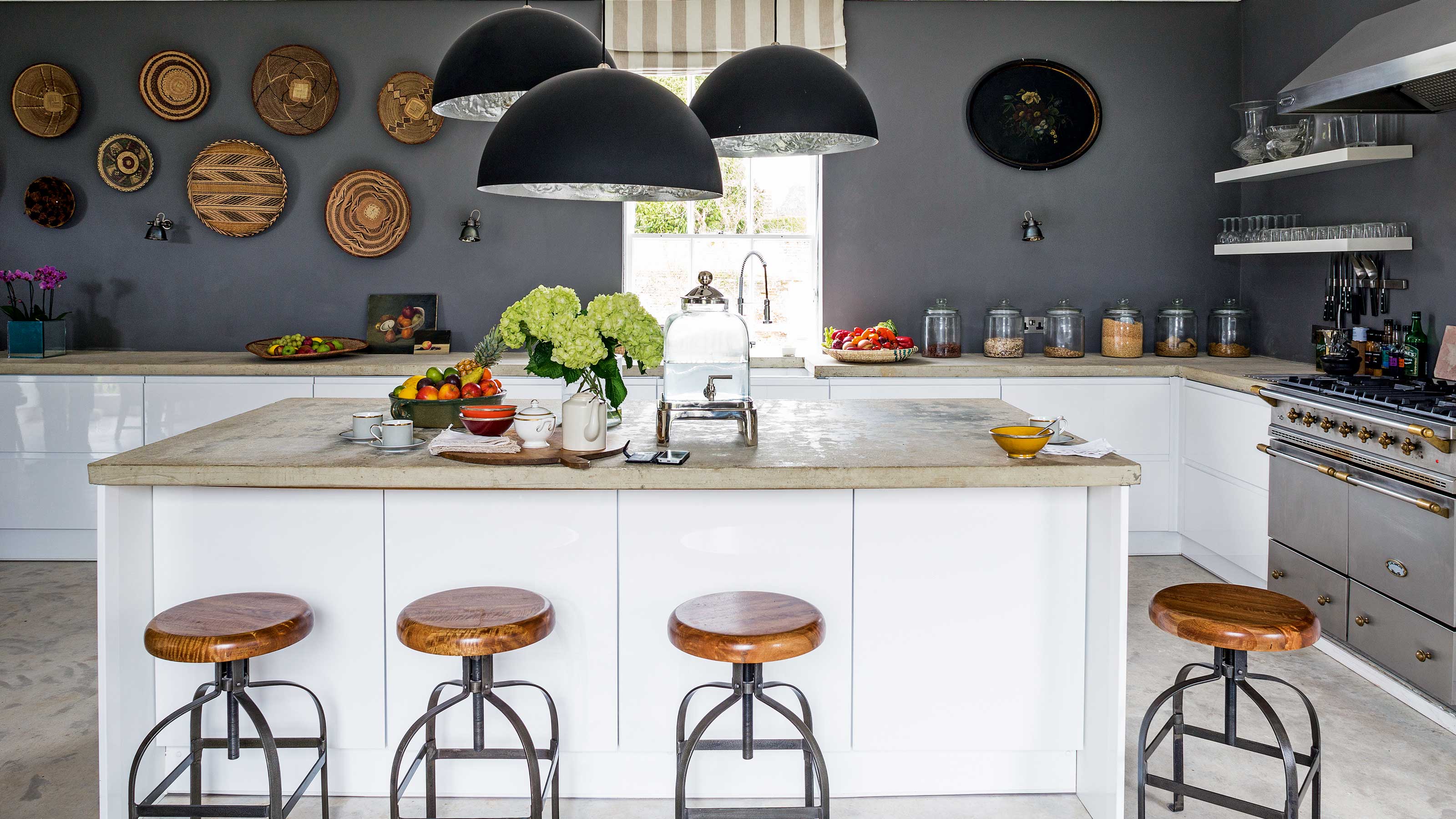
- 1. Take away time pressure
- 2. Make peace with letting go
- 3. Gather the right gear
- 4. Have a goal in mind
- 5. Start with the areas that bother you the most
- 6. Take the decision out of the decision-making process
- 7. Make sure you’re in the right frame of mind
- 8. Don’t try and tackle too much at once
- 9. Plan where items are going to go in advance
- 10. Don’t be too hard on yourself
- FAQs
Clutter can build up in our lives without us even realizing it. We make plans for a big spring clean, a closet clear-out or to donate old toys, but when life is busy, these things just feel too much like hard work, right? However, setting yourself up for a successful decluttering session is all about confronting what needs to be done, and planning accordingly.
While getting stuck straight in might feel like the best way to achieve quick results, it more likely has the opposite effect. Decluttering without proper preparation is only going to result in overwhelm, and you’ll likely give up before you've even begun. Never underestimate the power of a plan – it really is the key to success!
‘As well as putting together a practical decluttering checklist (areas you want to declutter, items you’ll need to get the job done, what to do with items you’re decluttering etc) it also helps to think about why you want to do it – a clear goal can really help drive you through the process’, says Millie Hurst, Solved section editor, Homes & Gardens.
How to set yourself up for a successful decluttering session
Getting started can be one of the biggest hurdles when decluttering, but understanding how to declutter your home while feeling overwhelmed is the first step towards breaking down those barriers.
With help from expert declutterers and organizers, we’ve put together a list of decluttering tips, as well as a few decluttering mistakes to avoid, to help you achieve the results you want.
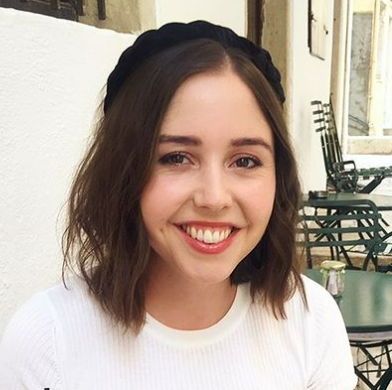
Millie Hurst is Section Editor at Homes & Gardens, overseeing the Solved section, which provides readers with practical advice for their homes. Millie has written about and tried out countless cleaning and DIY hacks in the six years since she became a journalist, and has worked in both London and New York.
1. Take away time pressure
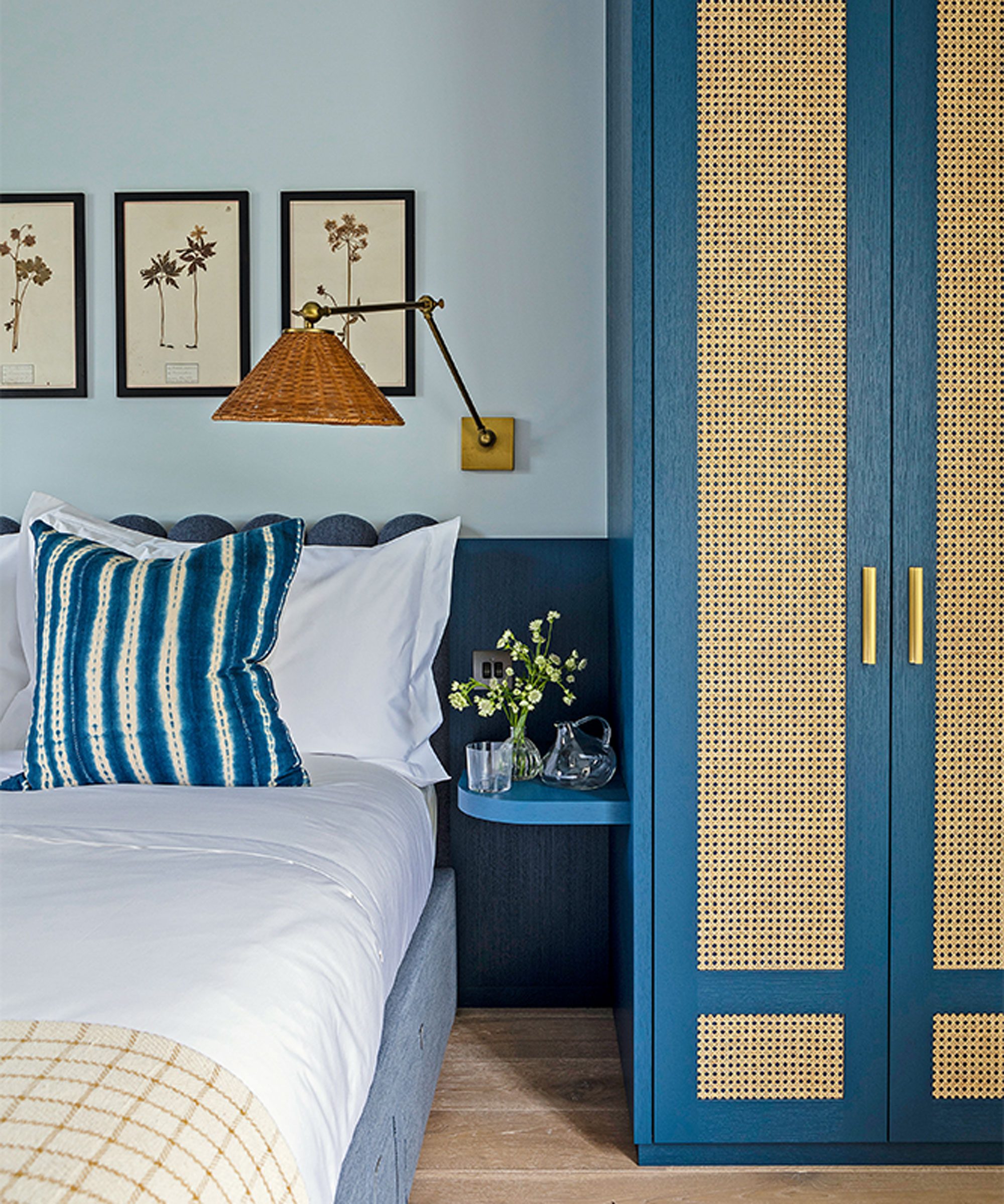
Before you begin, it’s important to understand a successful decluttering session does not mean getting the whole house done in one go. It takes time to build up clutter, many years in most cases, so it’s not something you're going to be able to sort overnight. By rushing decisions you’re more likely to experience declutter regret, so avoid setting yourself too strict a timeline.
2. Make peace with letting go
Whether it’s an heirloom coat (that you’re never going to wear), a cherished toy (that’s no longer played with) or a box of memorabilia (that you never look at), certain items can hold emotional significance which make them much trickier to part with. In order to let go of them successfully, and without too much turmoil, it’s important you make peace with letting go in advance of decluttering.
‘Keep in mind that your home is not a museum and memories are not in physical objects, so you should be able to remove them from your home without feeling guilty’, say the decluttering experts at The Classy Home.
A successful decluttering session doesn’t mean getting rid of absolutely everything, but it’s important you set some boundaries to ensure you make headway; one box of sentimental items only, for example. If you’re short on storage space or you're decluttering to move, consider taking a photograph of the object, instead. That way you can be reminded of it and the memories it evokes without having to actually keep it.
3. Gather the right gear
The last thing you want is to run out of trash bags when you’re mid-declutter, so ensure you’ve got everything you need to hand before you begin. We’d recommend strong bags for obvious rubbish, then at least three boxes marked up with their purpose; ‘keep’, ‘sell’, ‘donate’ etc. When decluttering paperwork, have a shredder to hand, as well as a file folder (like this expandable version from Target) so you can file important documents straight away.
4. Have a goal in mind
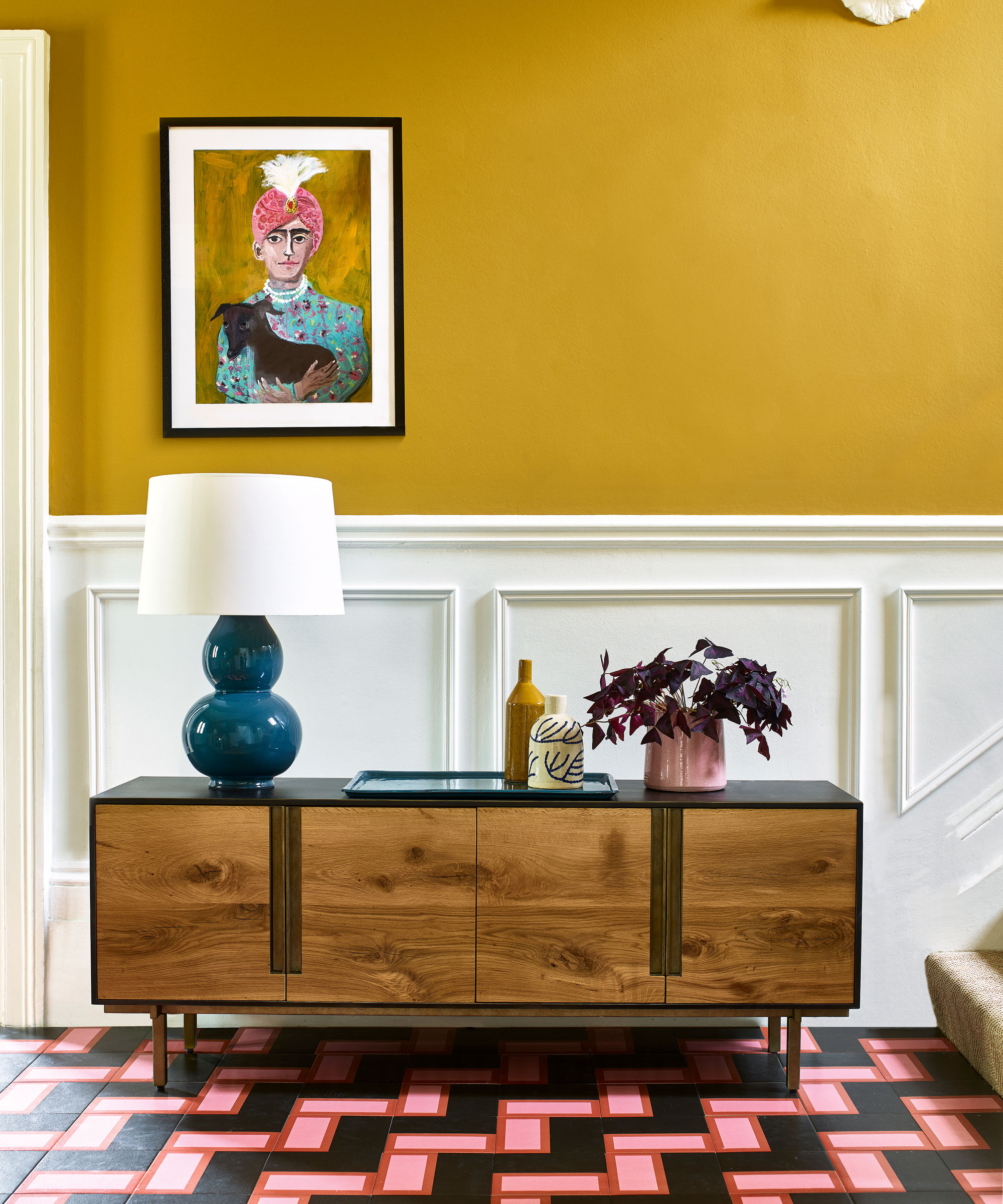
As well as putting in the practical prep work, take some time to think about what you might gain from a successful decluttering session.
‘Perhaps you want to free up some space, or make your home easier to keep clean and tidy? Or maybe you’re ready to let go of sentimental items, in readiness for a fresh start? Whatever your motivations, a clear goal can drive you through the process, setting you up for success from the very start’, says Jennifer Ebert, digital editor, at Homes & Gardens.
Visual cues can really help, so search apps like Pinterest for images of how you wish your home to look, or cut out pictures from an interiors magazine to create a vision board that you can refer back to as and when you need. It’s also worth taking some ‘before and after’ shots to remind yourself of what can be achieved.

Jen is the Editor (Digital) of Homes & Gardens. Before starting this position, she had completed various interior design courses at KLC Design School, as well as working across Ideal Home, LivingEtc, 25 Beautiful Homes and Country Homes & Interiors as an interiors writer.
5. Start with the areas that bother you the most
Think about which cluttered areas of your home cause you the most conflict. If you feel stressed as soon as you walk through the front door, maybe decluttering your entryway is a good starting point. Or if you’re struggling to switch off at night, perhaps decluttering your bedroom will help you to relax and improve your sleep.
Targeting areas where you’ll see a difference quickly provides an instant sense of relief and achievement, which should spur you on to declutter elsewhere, too.
6. Take the decision out of the decision-making process

Indecision is what usually holds us back from successful decluttering, so set yourself some rules in advance. Is it broken? Does it still fit? Will you use it again? If the answer is no, get rid – no exceptions. Employing the 20/20 decluttering rule is a handy hack, and setting a timer usually helps, too.
Set a timer for 10 - 30 minutes and start looking for the easier-to-remove items: trash, empty cardboard boxes, items you need to return to someone, and items that you immediately know you don't want or need. Continue doing a small session as often as you can. By the time you've removed all the easier items, you'll have the motivation to continue to the items that require the more difficult decisions,' says professional organizer Susan Santoro, the writer behind the blog, Organized 31.
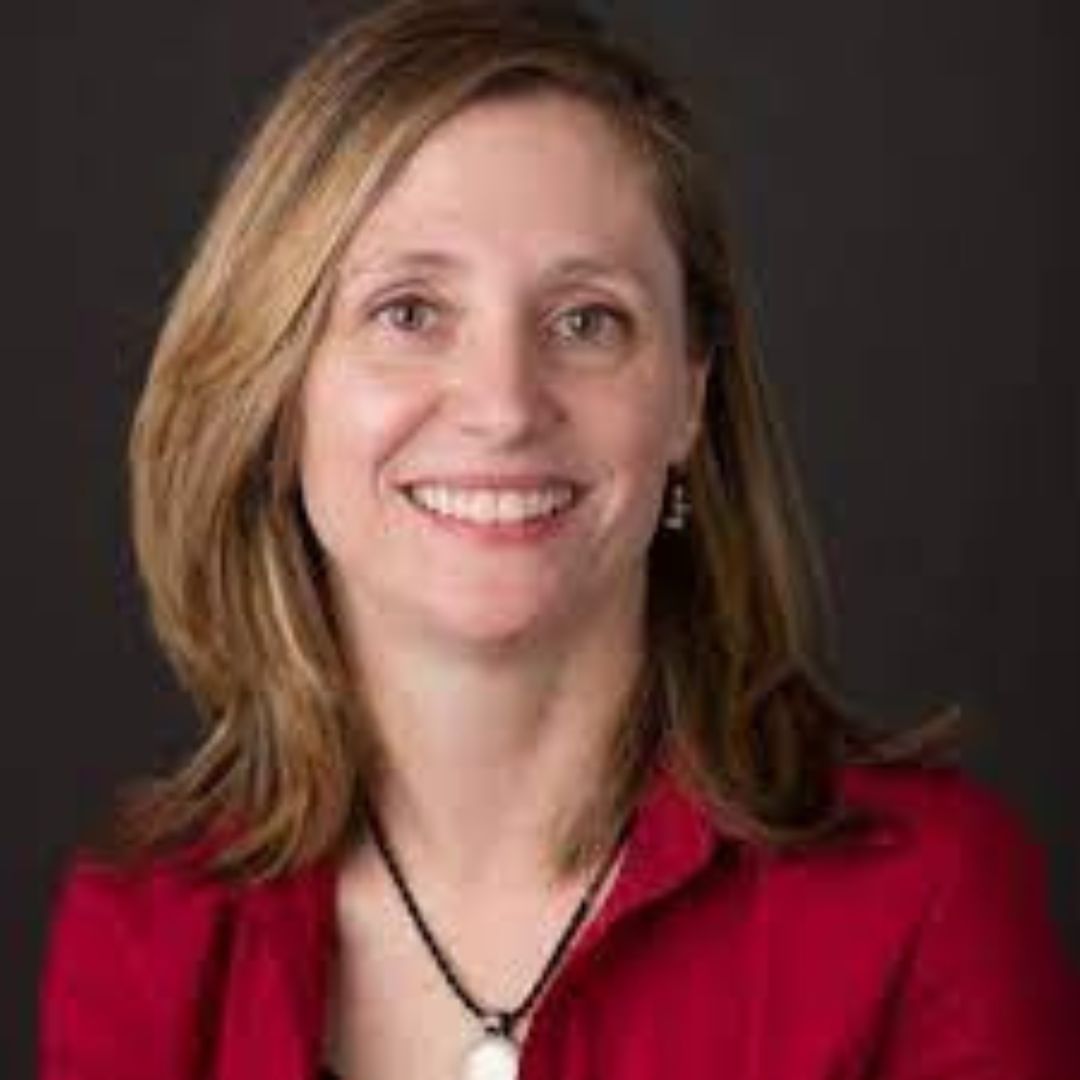
A veteran, parent educator, and mother of three, Susan is also a certified organizational specialist helping people to declutter and downsize, and organize homes in tough times.
7. Make sure you’re in the right frame of mind
‘Starting with a positive mindset is really important. Keep in mind that it’s okay not to do it all, or get things perfect straight away. Visualizing how you’ll feel after decluttering a room can really help as well. Once you’ve achieved it, give yourself a pat on the back and note that buzz of satisfaction’, says professional life coach Ari Shaffer.
8. Don’t try and tackle too much at once
Deciding that you need to get on top of clutter is the first step, and the main thing is that you make a start. It doesn’t have to be big, just a bag or a drawer will do to begin with, and could help you build your momentum.
‘Give yourself a fifteen-minute time limit and once it’s done, reward yourself with something you like to do. The more you do this, the more you’ll start associating decluttering with positive thoughts and feelings’, says organizing expert and author Kathryn Lord, founder of More To Organizing.
Breaking the overall task down into smaller chunks like this makes it feel more achievable. Don’t be afraid to take breaks, too.

Katherine helps busy parents organize their homes and routines with their children in mind. Not only an organizational expert, but Katherine is also a childcare expert too and has published a book, More To Organizing [available on Amazon], on organizing with children too.
9. Plan where items are going to go in advance
Decide whether items need to be thrown away, repaired, sold or donated, and group them accordingly. You can then tackle each pile one at a time, which makes the process less daunting. Plan a trip to a local landfill site or order a skip in advance if you know you’re going to have a lot of rubbish.
‘If you’re selling items, list as you clear them and set a deadline of when they must be sold by. If they don’t sell in that time, donate to a pre-planned charity or someone who might find them useful. While this won’t result in money, it will give you a great sense of satisfaction’, says Millie Hurst.
Some items are easy to part with, others not so much. Whether you’re decluttering clothes, toys or a garage packed with childhood memories, it makes it a lot easier to declutter sentimental items when it feels hard to let go if you know they’re going to a good home. To avoid feelings of regret, be sure to donate sentimental items to places you’re familiar with, such as friends, family or a charity that resonates.
10. Don’t be too hard on yourself
Feeling like you don’t know what you’re doing, or that you’re going to have to part with things you’re not ready to yet, can be demotivating, but rest assured – there really is no ‘right’ way to declutter.
The key to success is to find a system that works for you, your goals and your timeline. says professional organizer Brenda Scott of Tidy My Space. ‘You might want to organize by category (footwear, books, paperwork and so on), complete a room before going on to the next, start with the area that bothers you the most, or a space that people see first when entering the home’.
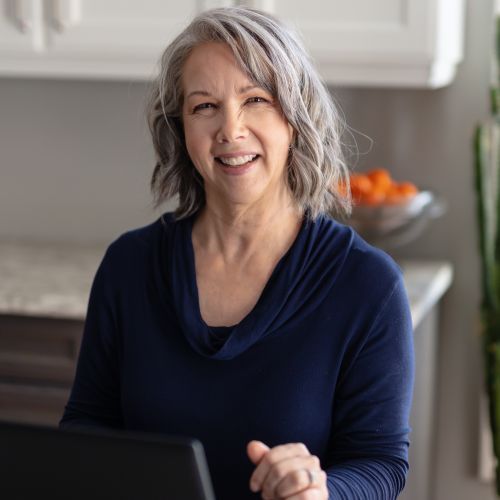
Brenda Scott is passionate about home organizing, decluttering, and creating a safe home. At Tidy My Space, she helps people to keep their homes tidy when life gets busy. Brenda shares useful tips and gives practical help with sorting and editing her clients' spaces, leading them to feel less stressed and bringing the luxury of time to be spent with family, friends, or on themselves.
FAQs
How do you make a decluttering schedule?
The word ‘schedule’ conjures up all sorts of scary time pressures, which as we’ve already established, is not conducive to a successful declutter. It’s ok to have a rough end goal in mind but think of it more as a ‘guide’ – that way you won’t give up if things take a little longer than expected.
Make a list of every space in your home, starting with the areas that bother you the most. Break each of these down into smaller, more manageable tasks (bedside cabinets, a dresser drawer, under-bed storage etc). Be realistic about how much you can do in a day – schedule 15-30 minutes, or even just 5 minutes, and write down what you plan to declutter in that time. Our top tip? Always underestimate. If you try to fit in too much, you’ll burn out and the temptation to give up will soon kick in.
So, when it comes to decluttering, planning is essential. However, try not to be too prescriptive, particularly when it comes to timelines. While it’s good to have goals, you don’t want to end up disheartened if you’re not meeting them. Speedy results are all well and good, but the most important thing is to keep it going – that’s the key to long-term success.
Sign up to the Homes & Gardens newsletter
Design expertise in your inbox – from inspiring decorating ideas and beautiful celebrity homes to practical gardening advice and shopping round-ups.
For 10 years, Tara King worked as a Content Editor in the magazine industry, before leaving to become freelance, covering interior design, wellbeing, craft and homemaking. As well as writing for Ideal Home, Style at Home, Country Homes & Interiors, Tara’s keen eye for styling combined with a passion for creating a happy – and functional – family home has led to a series of organization and cleaning features for H&G.
-
 9 things you can clean with glycerin – this cheap and natural cleaner is perfect for indoor and outdoor use
9 things you can clean with glycerin – this cheap and natural cleaner is perfect for indoor and outdoor useFrom patio furniture to silverware, this hydrating and gentle cleaning agent will work miracles
By Ciéra Cree Published
-
 Martha Stewart's houses – inside her most iconic properties, from Cantitoe Corners to Turkey Hill
Martha Stewart's houses – inside her most iconic properties, from Cantitoe Corners to Turkey HillThe lifestyle guru built her legacy around her homes, some of which are the most recognized homes in modern American history – we explore her portfolio
By Megan Slack Published